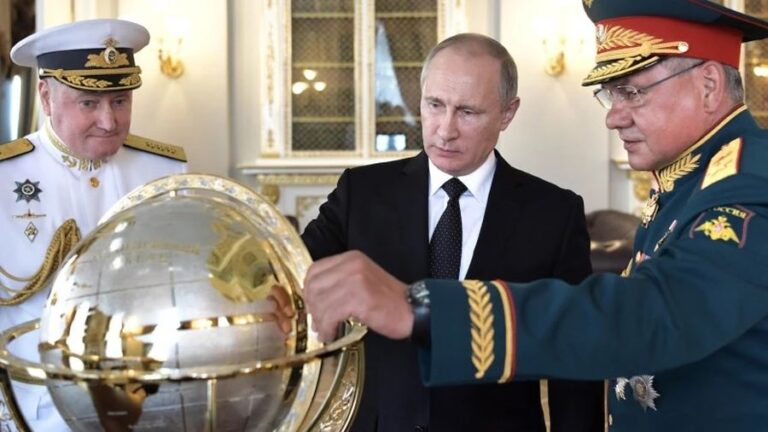China-India-Plus-One Could See OBOR and the AAGC Converge in Africa
Beijing proposed the format of “China-India-Plus-One” for cooperating with New Delhi in Africa.
Chinese Foreign Ministry spokesman Geng Shuang unveiled this framework last week when he announced that “We hope that China and India actively explore China-India plus one or China-India-X cooperation in accordance with the consensus reached by the leaders of the two countries, realise mutual benefit and win-win between China and India and other countries”, which was clearly in response to the overlapping African trips of the Chinese and Indian leaders in the run-up to the 10th BRICS Summit in Johannesburg. Long thought of as rivals, especially in the space of competitive connectivity through their dueling Silk Road and Asia-Africa Growth Corridor (AAGC) projects, both Great Powers now have the chance to constructively cooperate with one another in Africa so as to unleash their full developmental complementarities for making this an African Century.
China and India both need African resources, labor, and markets to sustain their own growth, though their partners require billions of dollars of investments in order to reliably fulfill this role, ergo the growing strategic symbiosis between the “Global South” states in Africa and Asia. Beijing’s approach has thus far been to construct impressive connectivity corridors throughout the Horn of Africa and East African regions that form its gateway to the resource-rich Central African Heartland, though it’s recently diversified its strategy from its infrastructural and economic roots to now include military cooperation as well. In parallel with this, India and Japan are seeking to gain a foothold in so-called “soft infrastructure” projects such as education, job training, healthcare, and administrative services in order to satisfy the demand that’s been created by China’s focus on hard infrastructure initiatives instead.
If China and India joined forces to coordinate their developmental policies towards a certain African state or even entire regions as a whole, then they’d remove the chance for any wasteful redundancies between them and resultantly improve the efficiency of their comprehensive strategies. This would in theory embody a multilaterally beneficial outcome for all parties because the African state could develop at a brisk Asian-like pace while the two Asian Great Powers could then enter into a deeper level of complex interdependency with it, altogether making them stakeholders in the host’s success and therefore diminishing the odds that any “friendly competition” between them would lead to a destabilizing outcome. Ideally, this China-India-Plus-One (CIPO) strategy could be most strongly upheld if their mutual Russian partner was also invited to participate in this proposal and worked to maintain the strategic “balance” between everyone.







